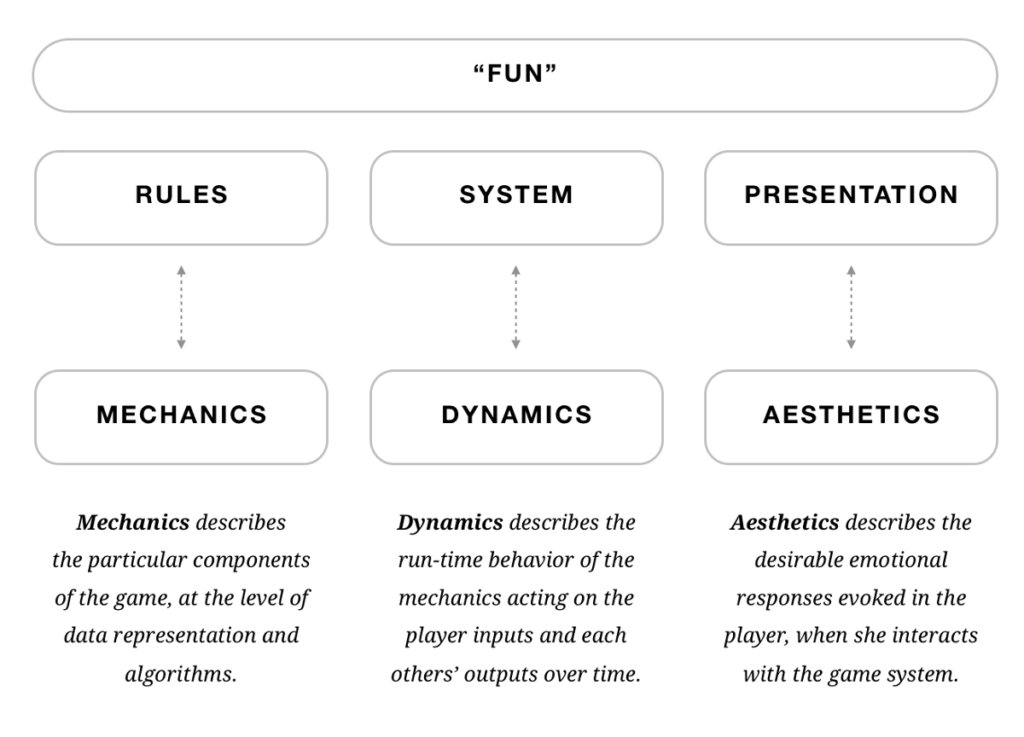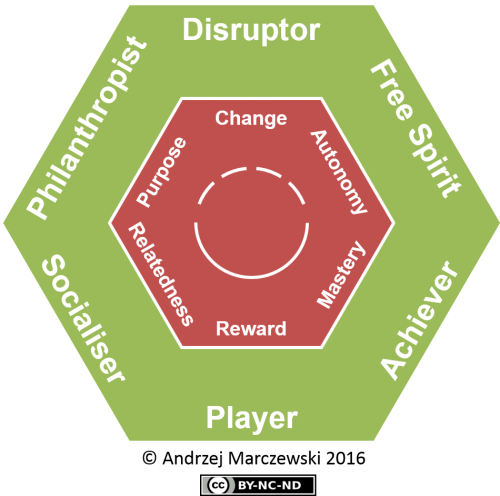Extract from Int. J. Electronic Government. Ruth S. Contreras-Espinosa and Alejandro Blanco are the authors. This post describes how to understand the principles of gamification, it is necessary to comprehend the sources of human motivation to later delve into the relationship of e-government services with gamification elements
Many democracies face breaches of communication between citizens and political representatives, resulting in low engagement in political decision making and public consultations. Gamification strategies can be implemented to generate constructive relationships and increase citizens’ motivation and participation by including positive experiences like achievements.
Gamification theory and motivation
Motivation. According to Hutter and Wijnhoven, to understand the principles of gamification, it is necessary to comprehend the sources of human motivation. Hutter suggest that the main rationale for participation is political interest. Wijnhoven expand on previous findings, and they found out that citizen motivation to participate depends on the type of project. Furthermore, they are more prone to participating in projects where they receive feedback on the results. This hypothesis is confirmed by subsequent studies, such as the survey carried out by Wirtz, which empirically found higher correlations between the perceived usefulness of the participation and the intention to collaborate through e-government services. This is directly related to the user experience, and some authors such as Hassenzahl (2008) analyse the two perspectives from the user´s point of view: how they feel about performing a specific task and how their needs are met.
Participation and obstacles. Goldfinch examined the relationship between trust, government, and political interest. Their empirical research revealed no relationship between citizen trust and political participation, but they found out that e-government communication stimulates political participation, as Hutter also concluded. However, even though citizens are intrinsically motivated to cooperate with public administrations, they may encounter several obstacles.
User’s motivation
Intrinsic and extrinsic motivation. User motivation can be divided into two distinct categories according to their origin: intrinsic and extrinsic motivation. Recent studies analyse these two concepts in connection with the current issue of gamification (Wirtz and Göttel, 2016; Zichermann and Cunningham, 2011; Fadel et al., 2014).
Challenges. Zichermann and Cunningham (2011) indicate that intrinsic motivation is achieved through activities that generate challenges or are enjoyable. On the other hand, extrinsic motivation is only achieved through rewards, either of a material nature, such as gifts, access to exclusive areas or discounts; or virtual items, like exclusive badges that lead to a distinctive status within and across communities or that contribute to earning special recognition in different social networks.
There are several models (Vallerand and Ratelle, 2002; Kim et al., 2015) that connect the type of motivation (intrinsic and extrinsic) with various categories of rewards and recognition.
Gamification Models
Frameworks. There are several models that connect the type of motivation (intrinsic and extrinsic) with various categories of rewards and recognition. Several frameworks and models take the opportunity to exploit the motivation factors through the creation of the necessary game elements. Hunicke (2004) created the most widely known framework, the Mechanics-Dynamics-Aesthetics (MDA)

Another well-known framework is the Six Steps to Gamification or The Six D’s by Werbach and Hunter (2012). It counts with the following elements: (1) define the objectives that you want to achieve, (2) delineate the target behaviours that you expect from the users, (3) describe your players´ profile (interest, what drives them), (4) devise activity loops (the process that the users have to follow), (5) don’t forget the fun (think what make your users return) and (6) deploy the appropriate tools (how the interaction will be measured, score systems, badge assignations, etc).
User Types Hexad Scale. Marczewski (2013) proposed a framework called GAME, with a more straightforward methodology and four components. This methodology evolved into the RAMPS motivation model and, later, into the User Types Hexad Scale, which is used to identify the types of users

Later, Chou (2015) proposed the Octalysis framework, which focuses on human design rather than functional design and finally the Gamification Model Canvas, elaborated by Jiménez (2013), and based on the Business Model Canvas, became another important, flexible and agile tool. that allows to represent in a single page all the necessary elements, tasks and expected results of the gamified environment. Great model to open the next article.


